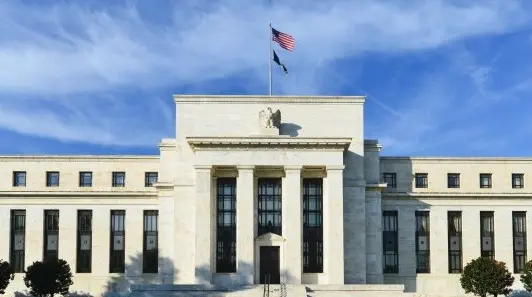Venezuela/Europe send oil lower
Overnight, oil prices touched multi-week highs until the US announced it was starting a process, potentially leading to an easing of sanctions on Venezuela. That immediately saw oil reverse all its impressive intraday gains and both Brent crude and WTI finished slightly lower on the day. The EU effectively allowing European importers to pay for Russian gas via roubles should take the edge off European gas prices and flow through to oil prices.
Brent crude finished 1.05% lower at USD 112.70 a barrel, having tested USD 116.00 intraday. WTI, by contrast, finished just 0.10% lower at USD 113.60 a barrel, having also tested USD 116.00 intraday. Prices are unmoved in Asia. Tight API inventory data and soaring diesel prices in the US have combined to send WTI to a premium over Brent and is likely to limit the downside for both contracts, Venezuela, or not. Tonight’s official crude inventory data dump will now be closely watched, and sharp falls in gasoline and distillates inventories could increase the WTI premium over Brent crude.
Brent crude has resistance at USD 116.00 and support at USD 111.50 a barrel. WTI has taken resistance at USD 116.00 a barrel as well, with support at USD 111.50. Any progress on Venezuela’s supply returning to international markets is potentially a game-changer and should mean the top of my longer-term range, at USD 120.00 a barrel, remains intact.
Gold’s price action doesn’t inspire confidence
Despite the US dollar falling heavily overnight, and risk sentiment rising generally, gold prices fell 0.53% to USD 1815.00 an ounce overnight, easing to USD 1814.50 in Asia. US yields climbing higher may have played a part, but the direction of the US dollar has been more important of late. When gold falls as the US dollar falls heavily, we should all take that as a warning sign, suggesting lower prices are the path of least resistance. As such, I believe gold’s downside risks have ratcheted higher.
Support lies at USD 1789.00, followed by USD 1780.00 an ounce. Failure of the latter suggests a deeper correction to USD 1700.00. That move could occur quite quickly if USD 1780.00 fails. Gold has resistance at USD 1836.00, followed by the 200-DMA at USD 1836.80, and then USD 1850.00 an ounce.
This article is for general information purposes only. It is not investment advice or a solution to buy or sell securities. Opinions are the authors; not necessarily that of OANDA Corporation or any of its affiliates, subsidiaries, officers or directors. Leveraged trading is high risk and not suitable for all. You could lose all of your deposited funds.

















































































